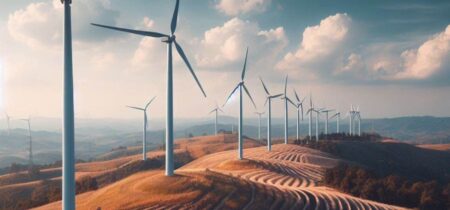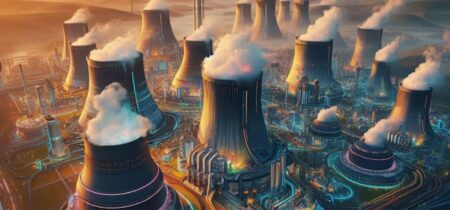
The U.S. offshore wind industry has recently faced a series of setbacks, with the cancellation of several large projects. Danish wind energy developer Orsted announced the cancellation of two major offshore wind projects in New Jersey, Ocean Wind I and II. These projects were expected to deliver over 2.2 gigawatts of power, enough to power approximately 800,000 homes. The reasons for the cancellation were cited as supply chain problems, higher interest rates, and insufficient tax credits.
In addition to the New Jersey projects, three other projects in New England, totaling 3.2 gigawatts of power, were also canceled by developers due to financial feasibility issues. These cancellations amount to nearly one-fifth of President Biden’s goal of 30 gigawatts of offshore wind power by 2030.
Offshore wind power is a key component of Biden’s plan to transition to renewable energy and achieve a carbon-free electric grid by 2035. Eight East Coast states have offshore wind mandates that commit them to adding more than 45 gigawatts of wind power by 2035 or 2040.
Despite these challenges, the White House has stated that offshore wind power is still moving forward. This is evidenced by recent investments by New York state and the approval by the Interior Department of the nation’s largest planned offshore wind farm in Virginia. The Interior Department also announced new offshore wind lease areas in the Gulf of Mexico, which could potentially add another 7 gigawatts of power.
Industry experts have stated that while the U.S. is unlikely to reach 30 gigawatts of offshore wind power by 2030, it could still achieve 20 to 22 gigawatts or more. This would be a significant increase from the current situation, where the U.S. has only two small demonstration projects that provide less than 0.1 gigawatts of power.
Offshore wind power is seen as an attractive option for densely populated coastal states that have limited land for wind turbines or solar panels. Despite the recent setbacks, the industry continues to make strides towards a sustainable, clean-energy future.













